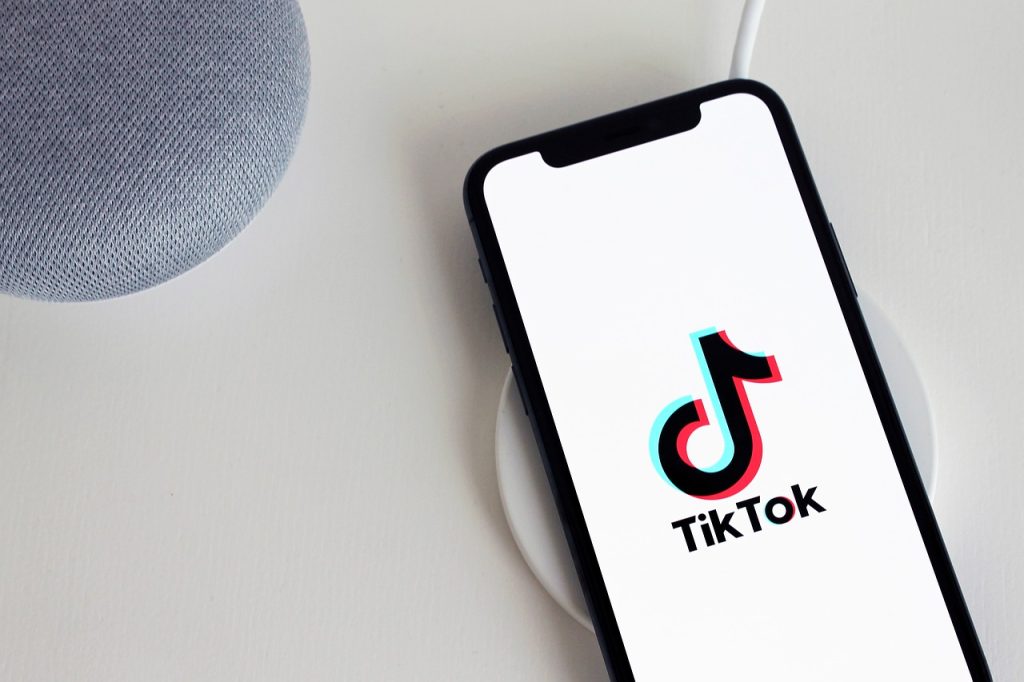Authors Zi’Ang Li (UNC Chapel Hill), Zhigen Zhao (Temple University), Sabrina (Zi Tong) Peng (UNC Chapel Hill), Yijie Sheng (BIT), Liyu Dou (CUHK-Shenzhen) and Yang Yang (Fairsky Law) share their expertise and insights on why influencer marketing on TikTok may only work for users in certain economic groups.
Influencer marketing on short-video platforms like TikTok, or Douyin in China, has been a promotional technique that many brands are eager to use. But how successful is this marketing strategy when it comes to products targeted to certain income groups?
Using the established data scientific approach called binary expansion testing (BET), which is known to be efficient and effective in detecting interesting patterns in data, our research team, consisting of statisticians and economists, explored the relationship between downloads of Tiktok/Douyin on iOS devices and Android devices, influencer marketing and the potential effectiveness of this type of marketing for certain income groups. Guided by helpful insights from BET on the cause of the pattern, we find that products targeted to high-income earners might not be suitable for online influencer marketing.
A “Virtuous Cycle”
First, we observed the cycle in which brands and advertisers, influencers and TikTok/Douyin operate. Looking at data between 2017 to 2020, we found that 2018 was the time when most influencers started to join TikTok/Douyin. These influencers then brought in more users to the platform, creating a “virtuous cycle” that benefits TikTok/Douyin, the brands and the influencers.
The TikTok/Douyin 2021 Marketing Report reveals that this virtuous cycle is effective, with data until August 2021. One study on live sales events showed that 85% of sales generated by influencers in promoting goods or services were made by their followers.
We also looked at data from an influencer online agency launched by TikTok/Douyin on Sept. 3, 2018. We found that, while brands are eager to engage more through influencer marketing, there is a notable difference found in our statistical analysis: Chinese Android phone users are receptive to influencer marketing on TikTok/Douyin in mainland China while iPhone users are not.
The Relationship between Androids and Income
To learn this, we analyzed data of Douyin downloads on IOS devices compared to downloads on Android devices. We used BET to analyze the download data from 2016, when TikTok/Douyin was officially launched, to 2022.
The BET result reveals a surprising change in November of 2018. Before November 2018, the numbers of downloads through two systems are positively related. But after November 2018, downloads of TikTok/Douyin on the Android system substantially grew after that time while the iOS system remained nearly constant. Why did this happen?
Usage of Androids in China is high due to their price decrease, compared to the global average iPhone price increase. China sees the highest demand for products that are in the middle tier and middle-to-lower tier price band, around $400. Android phones in Mainland China steadily account for around 75% of the smartphone device market. Android users accounted for over 60% of accounts on short-video applications by the end of 2017. We also found that as of November 2020, approximately 66.1% of all TikTok/Douyin users earn a monthly income not exceeding RMB 5000 (approximately $755).
What This Means for Influencer Marketing
Using this information, we find that the income level of users would have an impact on their receptiveness to online influencer marketing.
In particular, the application of the BET suggests that the official launch of the online influencer marketing platform of TikTok/Douyin in September 2018, with the factors mentioned above, including the Android user size in general and among TikTok/Douyin users, along with user income and age, all contribute to the significant spike of downloads of TikTok/Douyin App in Android mobile phones.
In general, this virtuous cycle created by online influencer marketing also works well, especially in mainland China. A study released in May 2018 found that the receptiveness to brand recommendations by online influencers (63%) among social media users in China ranked higher than in any country surveyed, including the U.S., which is 49%. However, this study does not reveal the reason behind such finding that the receptiveness to influencer marketing is higher in China than in U.S.
Our research, through data analysis, finds a causal connection between the receptiveness and the income level, which is consistent with the claim by prominent economists in a recent NBER working paper that “across all years in our data, no individual brand is as predictive of being high-income as owning an Apple iPhone in 2016.”
For other jurisdictions including the U.S., we also believe the income level of the users would have some impact on their receptiveness to influencer marketing. According to a 2014 report, in the U.S., “The median iPhone app user earns $85,000 per year, which is 40% more than the median Android phone user with an annual income of $61,000.” From 2021 to 2022, the device market share of iOS is around 60% while the Android system device is around 40%. This ratio is consistent with the receptiveness to online influencer marketing, which is 49%. Not surprisingly, the World Bank shows that GDP per capita in China is one-sixth of that in the U.S. in 2020.
By studying the effect of online influencer marketing from a statistical approach, we can uncover more about what goods or services are suitable to the online influencer marketing, the most used marketing in social media applications. As TikTok/Douyin and other social media applications continue to reach users worldwide, it would be interesting to study how online influencer marketing is received in the U.S., and what that could mean for brands to drive business through social media applications.
